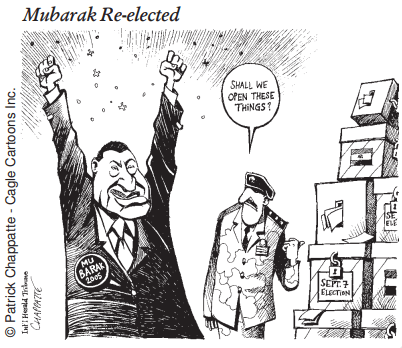...
Showing posts with label Political Science (10th). Show all posts
Showing posts with label Political Science (10th). Show all posts
Friday, March 8, 2024
Sunday, December 31, 2023
Chapter 1 Power Sharing
1. What are the different forms of power-sharing in modern democracies? Give an example of each of these.Answer: Different forms of power sharing in modern democracies:Horizontal division of power: It is the sharing of power among the different organs of government. The division of government...
Chapter 3 Gender, Religion and Caste
Question 1: Mention different aspects of life in which women are discriminated or disadvantaged in India.Answer: In India, women are discriminated and disadvantaged in the following ways:They are not provided adequate education. Thus, the literacy rate among women is just 54%.Most of the labour...
Chapter 4 Political Parties
Question 1: State the various functions political parties perform in a democracy.Answer: Functions performed by political parties in a democracy:
Group together a large number of similar opinions, thereby providing a direction in which policies can be formulated Contest elections, providing...
Chapter 5 Outcomes of Democracy
Answer the following questions:Question 1: How does democracy produce an accountable, responsive and legitimate government?Answer: The democratically elected government is answerable to people. If a government does not function as per the wishes of the people, it would lose the next elections and...
Wednesday, May 3, 2023
Chapter 7 The Jammu & Kashmir Reorganization Act, 2019
Q1. GIVE A BRIEF INTRODUCTION TO THE JAMMU AND KASHMIR REORGANIZATION ACT, 2019.
Ans:- On the basis of a resolution passed in both the houses of the Parliament, the President issued an order on 6 of August declaring that all the clauses of Article 370 except clause (1) to be inoperative...
.png)
.jpeg)
.jpeg)
.png)

